
‘We are all animals, and therefore, we are continually being attracted. That this attraction should extend to what is called love is a human misfortune cultivated by novelists. It is the horror we feel of ourselves, that is of being alone with ourselves, which draws us to love, but this love should happen only once, and never be repeated, if we have, as we should, learnt our lesson, which is that we are, all and each one of us, always and always alone.‘ — Henry Green
‘I went to a reading the other night; the opening readers (and performers, it was that sort of event) were terrible, so I left at an intermission to have dinner with the people I’d come to the reading to see. After dinner, I got on the uptown train to go home; I was reading this book, an omnibus edition of Nothing, Doting, and Blindness. The woman across from me was looking at me strangely, and I may have been looking at her strangely because she looked like one of the people who had been reading that I’d been introduced to in passing; she reached in her bag and pulled out the Dalkey Archive edition of Nothing, and we had a conversation about how fantastic Henry Green is and what a shame it is that nobody seems to read him. She got off at the next stop after we re-introduced ourselves; this saved me the embarrassment of having to explain that I hadn’t actually seen her read, though she was the only one in the line-up that I’d been half interested in hearing. I have been reading books in the trains of New York for a long time, but this is the first time this sort of thing has happened to me, as far as I can remember. Maybe I’m reading the wrong books.
‘Henry Green is fantastic, of course, even if one isn’t making conversation on trains. I tore through Living, Loving, and Party Going last November while in Mexico, read Blindness, in this volume, on the flight home from Christmas, and Pack My Bag somewhere in between; all the rest save Caught, which is out of print and expensive, are on the shelves waiting to be read. Nothing has taken a little while to get back to: I was reading too fast, I thought, and I needed to slow down. Henry Green seems a bit imposing, I think: like Ronald Firbank, this novel is almost entirely dialogue, and if you’re not reading carefully, a great deal can get lost. Once you’re in, though, it’s hard not to be swept along.
‘The title is from Shakespeare, of course; Much Ado about Nothing with its pairs of starcrossed lovers is an obvious model for the book. Philip and Mary want to get married; their widowed parents, Jane and John, respectively, were once lovers and are still friends. Dick and Liz are Jane and John’s current lovers, though they’re of little consequence, as are, for what that’s worth Philip and Mary. When it’s followed in this volume by Doting, the title suggests the word’s Elizabethan pronunciation, “noting”; as in the play, there’s a great deal of crossed communication. Here Philip discusses wanting to call off his marriage with his mother:
‘All right my dear,’ she said, ‘But you seem very touchy about this. She’s a nice girl I agree yet I also know she’s not nearly good enough for you. What are we to do about it, that is the question?’
‘To be or not to be Mamma.’
‘Philip don’t dramatize yourself for heaven’s sake. This is no time for Richard II. You just can’t go into marriage in such a frame of mind. Let me simply think!’
‘Philip’s response, though he probably doesn’t realize it, is loaded; though the question isn’t “to be or not to be Mamma” but whether his actual father isn’t John, the father of his fiancée, as has been hinted by others. The threat of incest hovers over the book: two-thirds of the way through the book Mary asks her father point-blank if Philip and she are really half-brother and sister, which he strenuously denies. The perceptive reader, however, will have noted that if John is Philip’s father, it’s still entirely possible that John might not be the half-sister of Mary if she is as illegitimate as he is.
‘As in Much Ado about Nothing, this is a comedy, though there’s a darkness behind it. The subject matter is nothing if not slight; the joy of the book is how perfectly it’s accomplished. The book is almost entirely structured in scenes of dialogue between two characters: they are substituted in and out. The primary exception is the novel’s central scene, a party that Jane has thrown ostensibly for Philip’s twenty-first birthday but actually for herself. Philip and Mary attempt to upstage the action by declaring their engagement, but are deeply disappointed when nobody seems to care as much as they had hoped. This interchange between the two of them is at the center of the novel:
‘I say,’ he said, ‘you do feel better now, you must?’
‘I think so, yes,’
‘Can’t find out yes or no.’
‘But no one can. First something inside says everything is fine,’ she wailed, ‘and the next moment it tells you that something which overshadows everything else is very bad just like an avalanche!’
‘I’m so sorry,’ he said. ‘I truly am.’
They danced again and again until, as the long night went on they had got into a state of unthinking happiness perhaps.
‘The way the punctuation is deployed for emotional balance here bears note: in particular, that dangling “perhaps” which doesn’t get a comma and pulls down everything that’s come before it. Mary and Philip aren’t the center of the novel, of course; this is a book about their parents, and Philip comes off as a mooncalf. This is a book about middle age: Mary and Philip are too young to realize what’s going on around them. The reader’s affections lie with John and Jane. In the end, the adults have re-paired, but it’s unclear what will happen to Mary and Philip; they’ll be fine, one suspects.
‘Edmund White says in his recent memoir that Nothing is the book he’s read the most times. It’s a book that would lend itself to re-reading; the cyclical motion of characters from one scene to the next suggests it. And one wants to inhabit the world of the book, even though if you don’t particularly care about the social manners of the upper class in post-WWII Britain; it’s like Proust, in that regard. But this is also a book that’s tremendously funny: for me it trumps Waugh.’ — dbv

Henry Green’s house
______
Context
Birmingham, UK in the 1920s
Birmingham, UK in 1935
Birmingham, UK in 1964
______
Further
‘Molten Treasure: The Books of Henry Green’ (1949) @ Time Magazine
‘Romancing: The Life and Work of Henry Green’
‘Caught in the Web: Henry Green’ @The Guardian
‘PUSHING THE DAGGER OF PERCEPTION THROUGH THE DRAPES OF NARRATIVE: TIM PARKS ON HENRY GREEN’ @ 3:AM Magazine
Henry Green page @ Facebook
Henry Green @ goodreads
‘Silent Treatment: Benjamin Anastas on Henry Green’ @ Bookforum
‘Henry Green, the last English Modernist’ @ TLS
Henry Green @ Dalkey Archive
Buy Henry Green’s books
________
Manuscript

_______
Interview
by Terry Southern
from The Paris Review

INTERVIEWER: Now, you have a body of work, ten novels, which many critics consider the most elusive and enigmatic in contemporary literature—and yourself, professionally or as a personality, none the less so. I’m wondering if these two mysteries are merely coincidental?
HENRY GREEN: What’s that? I’m a trifle hard of hearing.
INTERVIEWER: Well, I’m referring to such things as your use of a pseudonym, your refusal to be photographed, and so on. May I ask the reason for it?
GREEN: I didn’t want my business associates to know I wrote novels. Most of them do now, though . . . know I mean, not write, thank goodness.
INTERVIEWER: And has this affected your relationships with them?
GREEN: Yes, yes, oh yes—why, some years ago a group at our Birmingham works put in a penny each and bought a copy of a book of mine, Living. And as I was going round the iron foundry one day, a loam molder said to me, “I read your book, Henry.” “And did you like it?” I asked, rightly apprehensive. He replied, “I didn’t think much of it, Henry.” Too awful.
Then, you know, with a customer, at the end of a settlement which has deteriorated into a compromise painful to both sides, he may say, “I suppose you are going to put this in a novel.” Very awkward.
INTERVIEWER: I see.
GREEN: Yes, it’s best they shouldn’t know about one. And one should never be known by sight.
INTERVIEWER: You have, however, been photographed from the rear.
GREEN: And a wag said: “I’d know that back anywhere.”
INTERVIEWER: I’ve heard it remarked that your work is “too sophisticated” for American readers, in that it offers no scenes of violence—and “too subtle,” in that its message is somewhat veiled. What do you say?
GREEN: Unlike the wilds of Texas, there is very little violence over here. A bit of child killing, of course, but no straight shootin’. After fifty, one ceases to digest; as someone once said: “I just ferment my food now.” Most of us walk crabwise to meals and everything else. The oblique approach in middle age is the safest thing. The unusual at this period is to get anywhere at all—God damn!
INTERVIEWER: And how about “subtle”?
GREEN: I don’t follow. Suttee, as I understand it, is the suicide—now forbidden—of a Hindu wife on her husband’s flaming pyre. I don’t want my wife to do that when my time comes—and with great respect, as I know her, she won’t …
INTERVIEWER: I’m sorry, you misheard me; I said, “subtle”—that the message was too subtle.
GREEN: Oh, subtle. How dull!
INTERVIEWER: … yes, well now I believe that two of your books, Blindness and Pack My Bag, are said to be “autobiographical,” isn’t that so?
GREEN: Yes, those two are mostly autobiographical. But where they are about myself, they are not necessarily accurate as a portrait; they aren’t photographs. After all, no one knows what he is like, he just tries to give some sort of picture of his time. Not like a cat to fight its image in the mirror.
INTERVIEWER: The critic Alan Pryce-Jones has compared you to Jouhandeau and called you an “odd, haunted, ambiguous writer.” Did you know that?
GREEN: I was in the same house with him at Eton. He was younger than me, so he saw through me perhaps.
INTERVIEWER: Do you find critical opinion expressed about your work useful or interesting?
GREEN: Invariably useless and uninteresting—when it is from daily papers or weeklies, which give so little space nowadays. But there is a man called Edward Stokes who has written a book about me and who knows all too much. I believe the Hogarth Press is going to publish it. And then the French translator of Loving, he wrote two articles in some French monthly. Both of these are valuable to me.
INTERVIEWER: I’d like to ask you some questions now about the work itself. You’ve described your novels as “nonrepresentational.” I wonder if you’d mind defining that term?
GREEN: “Nonrepresentational” was meant to represent a picture which was not a photograph, nor a painting on a photograph, nor, in dialogue, a tape recording. For instance, the very deaf, as I am, hear the most astounding things all round them which have not in fact been said. This enlivens my replies until, through mishearing, a new level of communication is reached. My characters misunderstand each other more than people do in real life, yet they do so less than I. Thus, when writing, I “represent” very closely what I see (and I’m not seeing so well now) and what I hear (which is little) but I say it is “nonrepresentational” because it is not necessarily what others see and hear.
INTERVIEWER: And yet, as I understand this theory, its success does not depend upon any actual sensory differences between people talking, but rather upon psychological or emotional differences between them as readers, isn’t that so? I’m referring to the serious use of this theory in communicative writing.
GREEN: People strike sparks off each other; that is what I try to note down. But mark well, they only do this when they are talking together. After all, we don’t write letters now, we telephone. And one of these days we are going to have TV sets which lonely people can talk to and get answers back. Then no one will read anymore.
INTERVIEWER: And that is your crabwise approach.
GREEN: To your question, yes. And to stop one’s asking why I don’t write plays, my answer is I’d rather have these sparks in black and white than liable to interpretation by actors and the producer of a piece.
INTERVIEWER: When you begin to write something, do you begin with a certain situation in mind, or rather with a certain character in mind?
GREEN: Situation every time. I got the idea of Loving from a manservant in the Fire Service in the war. He was serving with me in the ranks and told me he had once asked the elderly butler who was over him what the old boy liked most in the world. The reply was: “Lying in bed on a summer morning, with the window open, eating buttered toast with cunty fingers.” I saw the book in a flash.
____
Book
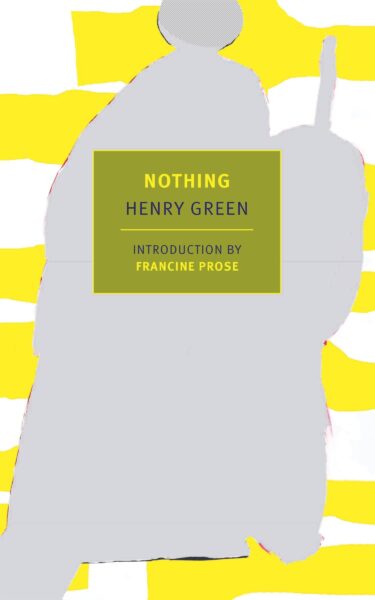 Henry Green Nothing
Henry Green Nothing
NRYB Classics
‘Years ago, Jane Weatherby had a torrid affair with John Pomfret, the husband of her best friend. Divorces ensued. World War II happened. Prewar partying gave way to postwar austerity, and Jane and John’s now-grown children, Philip and Mary, both as serious and sober as their parents were not, seem earnestly bent on marriage, which John and Jane consider a mistake. The two old lovers conspire against the two young lovers, and nothing turns out quite as expected.
‘Nothing, like the closely related Doting, is a book that is almost entirely composed in dialogue, since in these late novels nothing so interested Green as how words resist, twist, and expose our intentions; how they fail us, lead us on, make fools of us, and may, in spite of ourselves, even save us, at least for a time. Nothing spills over with the bizarre and delicious comedy and poetry of human incoherence.’ — NYRB Classics
______
Excerpt





*
p.s. Hey. ** James, You have shitty indoor heating where you live? I’m trying to imagine how a divorced dad dresses, and I can’t, which is interesting. I feel like people don’t know what the word guilty actually means when they use it. Homosexuals probably congregate in pubs and such places during the winter? Sex is whatever you want it to be, no? Hence guys who get off on watching other guys step on bananas or popping balloons. So, are you going to go to university? Thank you about the blog. Some people have told me they go to my blog instead of going to university. It’s cheaper. No snow here either. Not a fleck. I’ve never watched Ru Paul’s Drag Whatever show, but I think people walk fancily on it, from what I gather. Girls are excellent walkers, to grotesquely generalise. Yeah, Jamie likes my stuff, which is an honor, obviously. Did you meet your new English teacher, and were they a shining beacon of future importable brilliance, if so? Two more sips of coffee and I should be okay. ** Steeqhen, I feel pretty certain that you’re here now. And hopefully you feel like you’re fully equipped. I guess we’ll chat soon and make a plan? ** Dominik, Hi!!! Ah, you remember. The past is beginning to catch us with the present. Well, let me know if I’m mistaken in my feeling that I absolutely don’t need to see ‘Queer’. You found the quoted song, and you like it! You are ever more a soul mate. Now I have to find yours or rather love’s somehow. Love is stronger than witchcraft, G. ** Misanthrope, Timberlands for me. Too many holes. Your supposed friend just seems completely untrustworthy to me. For me, if a friend or whoever betrays my trust, that’s it, it’s over. Real trust once broken can never be re-earned. ** _Black_Acrylic, Sexy looking park there, haha. I’ve been freezing my ass off here every time I went outdoors, but yesterday I found a scarf, and, wow, a warm neck makes such a big difference. I guess that’s why everyone wears them. I thought it was just some kind of mindless winter tradition. ** jay, Hi. Very happy to have intersected with one of your wavelengths. That photo you isolated does kind of take the cake as they say and whatever that means. Maybe I’ll at least skip around in ‘Hannibal’ if I can find it in a form that allows such movement. Thank you. Could be a boon, clearly. That game sounds good. What’s its name? Sorry if you told me and I forgot. I’m still thinking I’ll do ‘Lorelei’ next once Mario has fully unfolded origami Peach. ** Steve, Okay, hm, I will try to see ‘Hannibal’ somehow. Oh, so it’s like ‘Buffy’, I mean that you have to have an amount of faith to get through the first season. Everyone, Steve has reviewed the much anticipated new Ethel Cain album and also the new Lambrini Girls album, which might also be very anticipated, I have no idea. Here. Yes, I just saw that Trump wants to use the military to invade and colonise Greenland and the Panama Canal. Are we really living in reality? I’m starting to wonder. No, I haven’t seen that Maclean work, but I will endeavor to. Thanks! ** Larst, Hey! Oh, sure. Total honor if the blog was an inspiration. Oh, wow, big congratulations on the ceasing drinking. I’m essentially a substance free body myself, if cigs and coffee don’t count. You’re being really productive and incredible, so it sounds like you have the payoff. I like being forced to make my mind inebriate me without outside help. It’s interesting. I know the name Catherine Lacey, but I haven’t read her. I’ll go see if I can find an excerpt or something and try that book. Thanks, pal! ** HaRpEr, I think for me normal just means being not stressed out. I feel like I can handle the other emotions. But of course I’m saying that while not feeling particularly much. I was going to say discussing whether Genet was damaging to the gay community seemed very early 90s, but then, yeah, specifying identity is big again, that’s right. I suspect others in your class were either relieved by your having said what you said or were inspired to start thinking more complexly. Yes, he came to the recent reading in NYC. He wrote a really beautiful review of my novel ‘God Jr.’ in the LA Times some years ago, still a life highlight for me. Unsurprising, the reaction at the time to ‘Queer Street’, yes. I’d like to think if people rediscovered that book now and read it, stuff would be different, but … weird time, this time. ** Justin D, Hi. Yes, complicit, that’s a much better term than guilty as I was talking with someone about above somewhere. My pleasure re: the post. So far no birthday plans, but I think things are afoot. I think I’m going to an electronic music festival that night mostly just because I bought a ticket before I realised it was on my birthday. And I’ll eat something unusual, but I’m not sure what. Thanks for the song. I’ll use it to give myself an early birthday gift. You’re so nice. Thank you, man. What are you doing on my birthday, eh? ** Lucas, ‘The Screens’ is interesting. Very ambitious for him. Steve just reviewed the Ethel Cain album, link above. I’m getting it too, duh. I’m okay. Saw a bunch of visiting friends yesterday, ate very yummy Ethiopian food. Not bad. I hope your week keeps you hugely afloat. ** Right. I haven’t spotlit a book by the great Henry Green in quite a while, so I thought I would that. See you tomorrow.
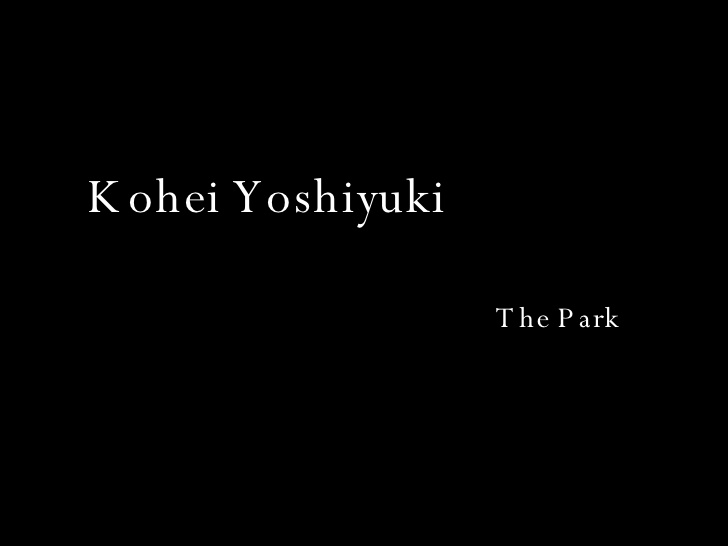

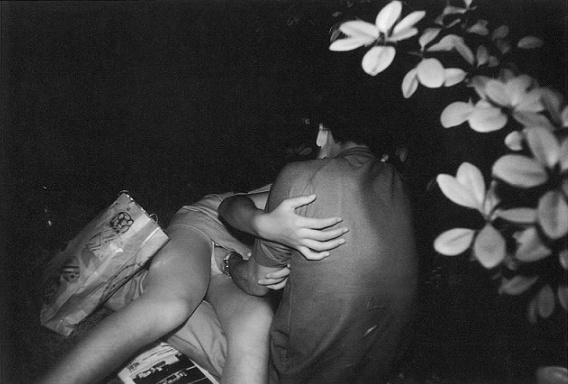


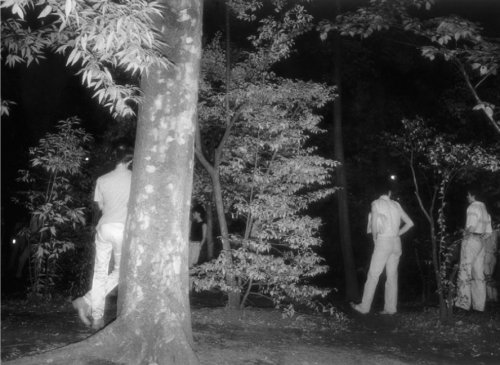


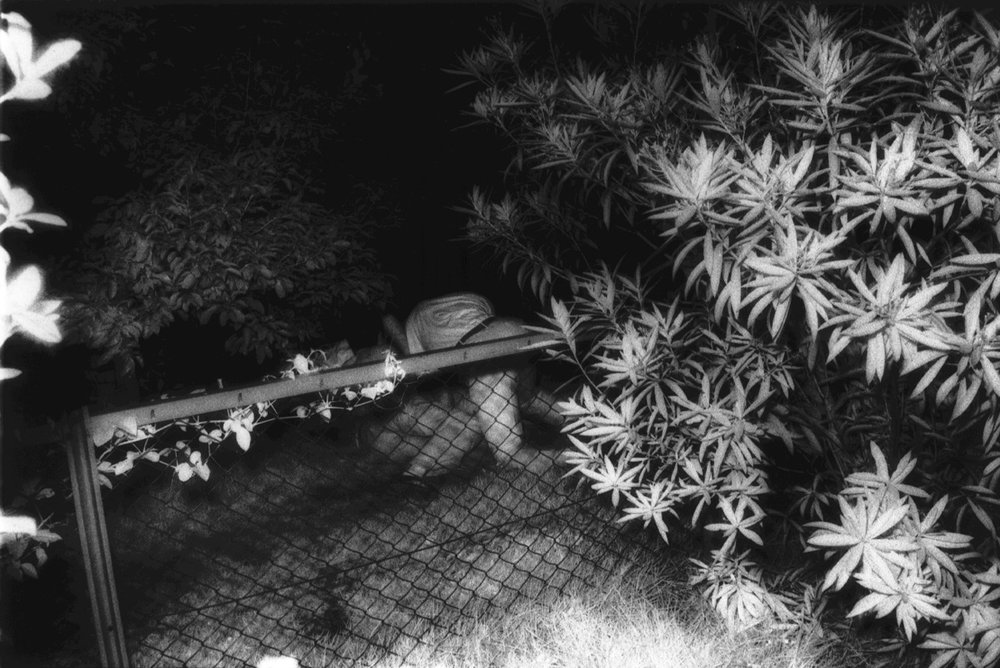

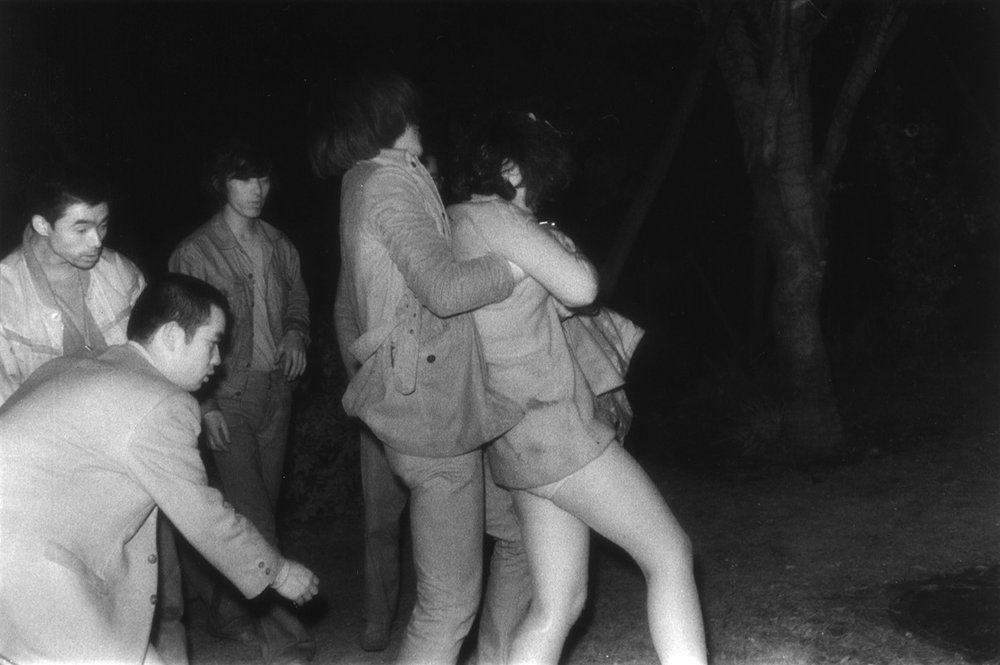
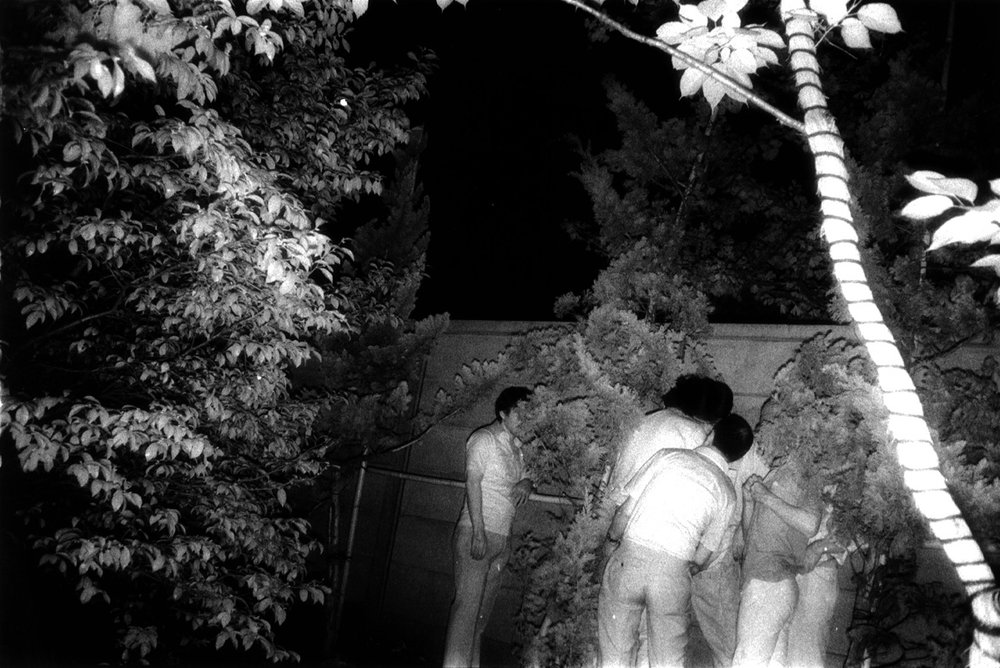
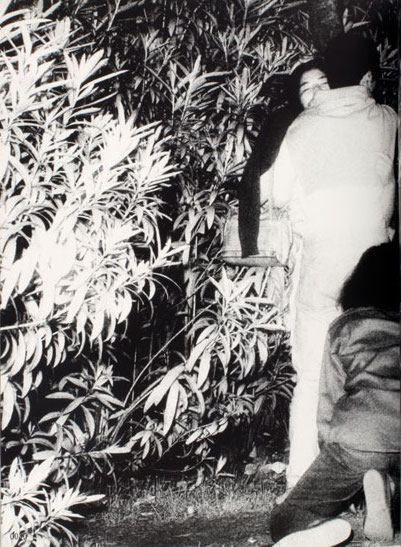


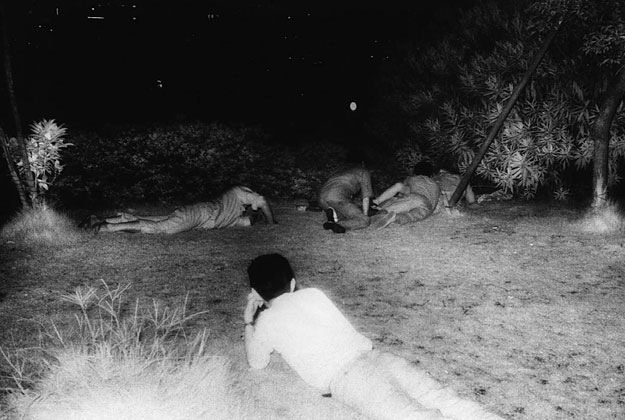
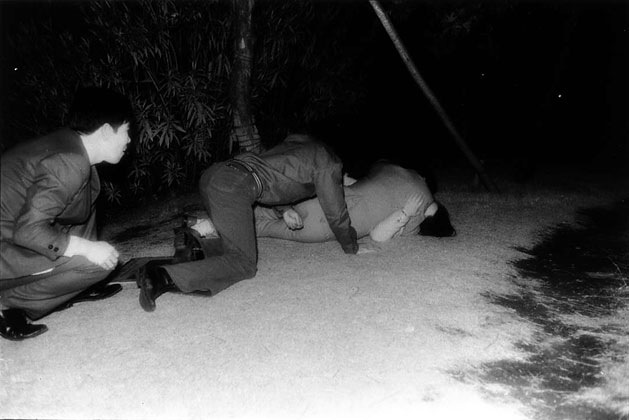
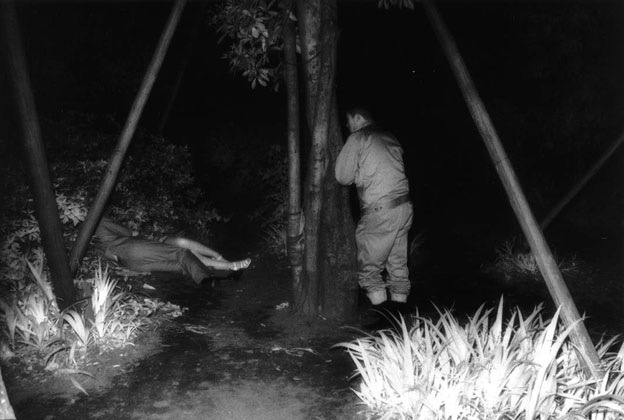
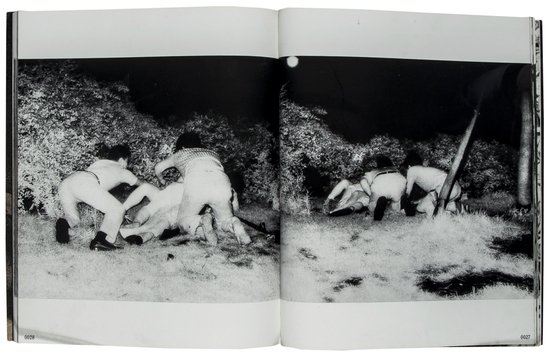

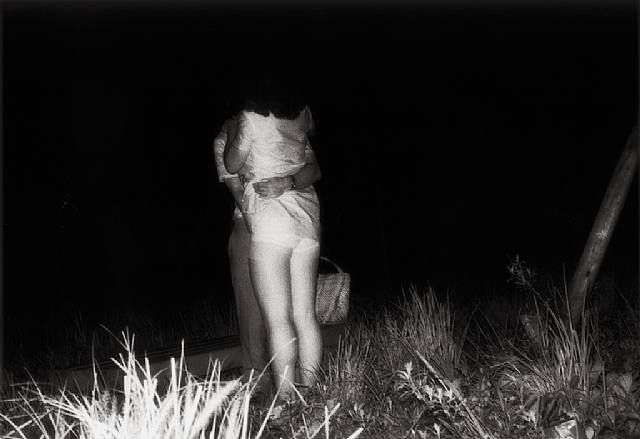

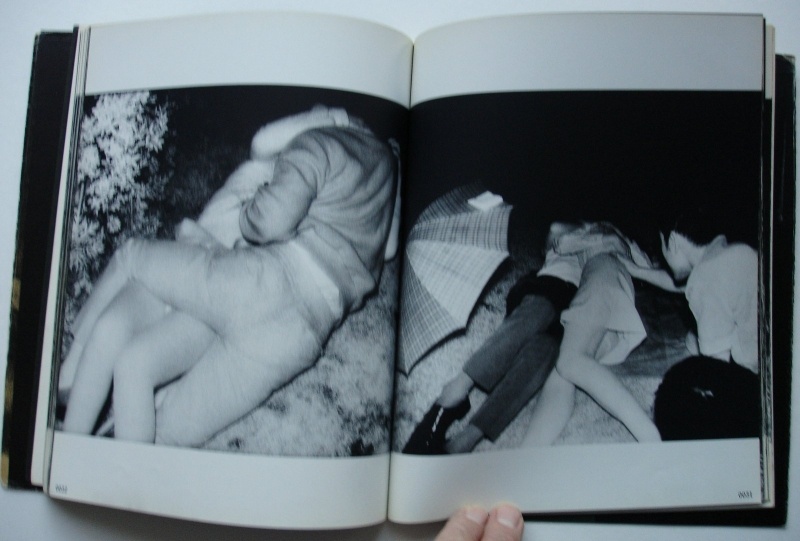
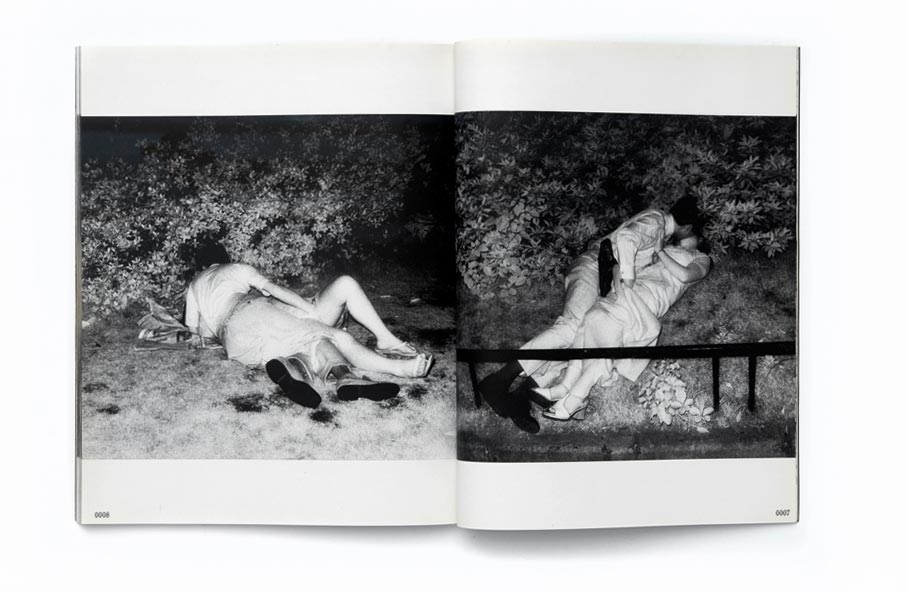
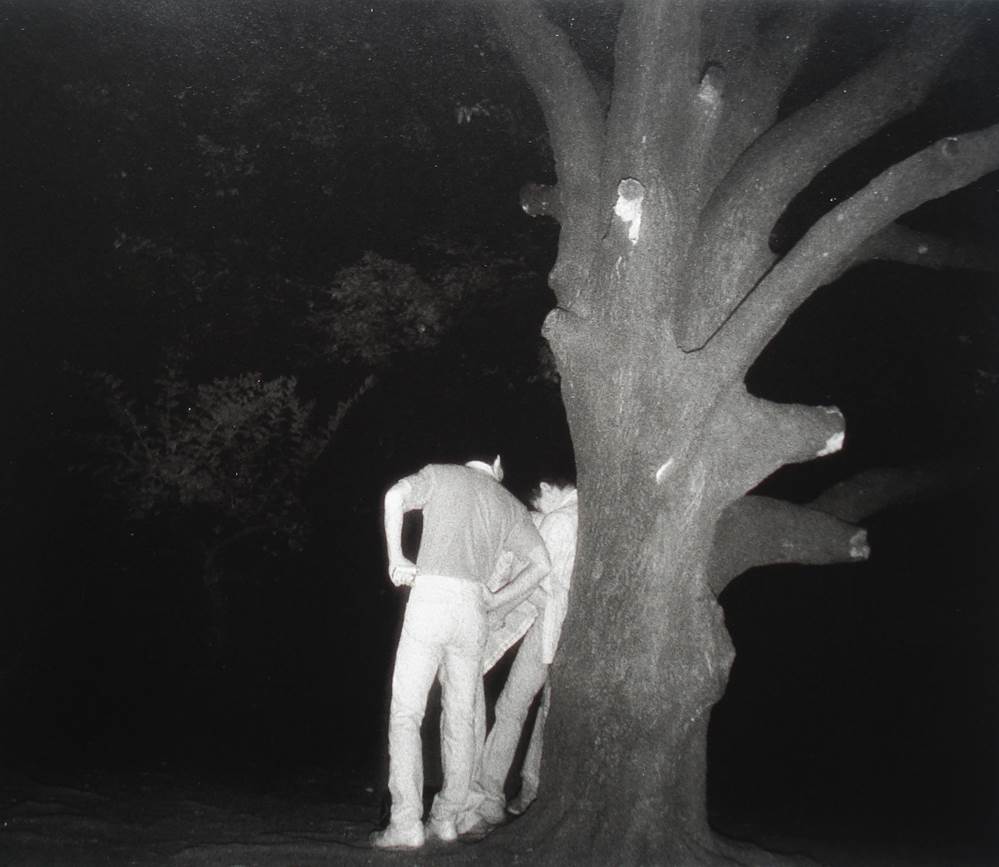
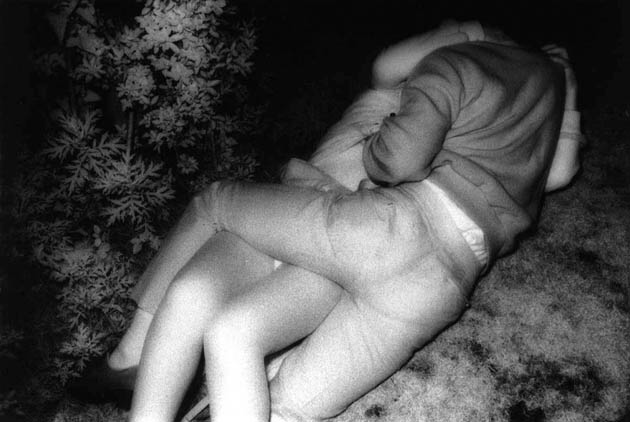


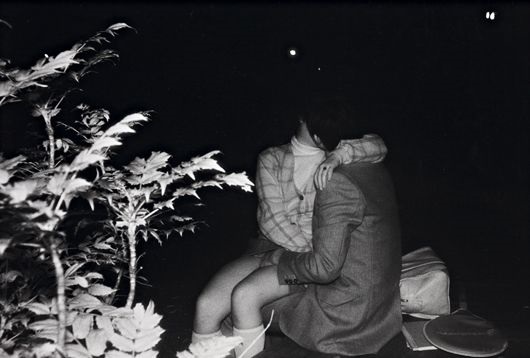

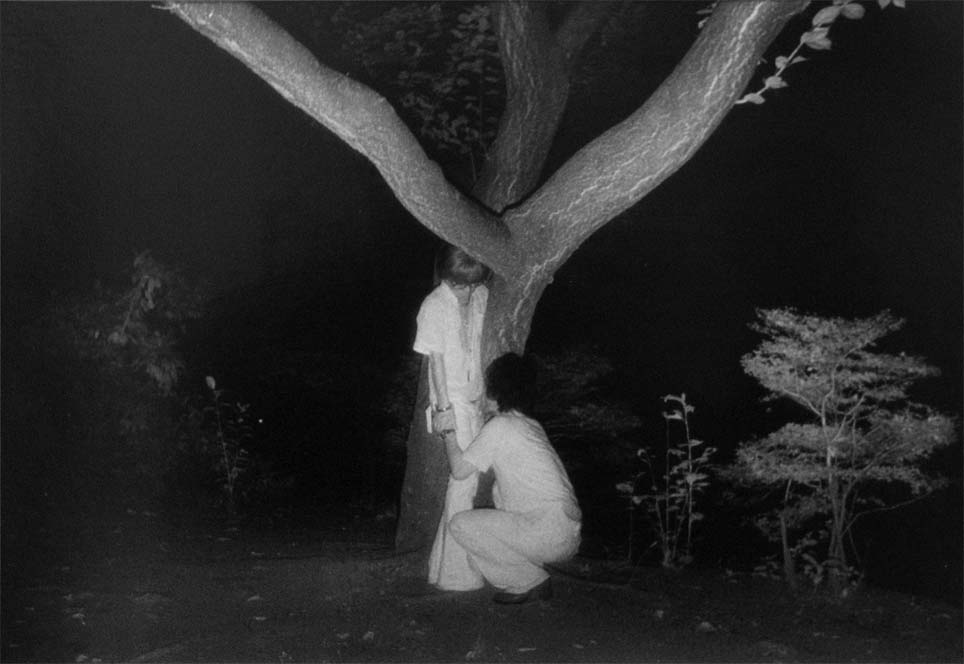
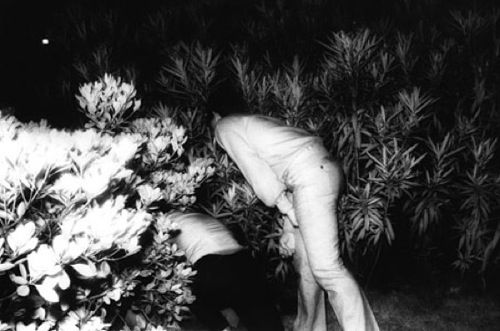
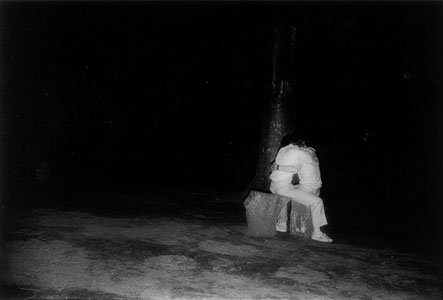

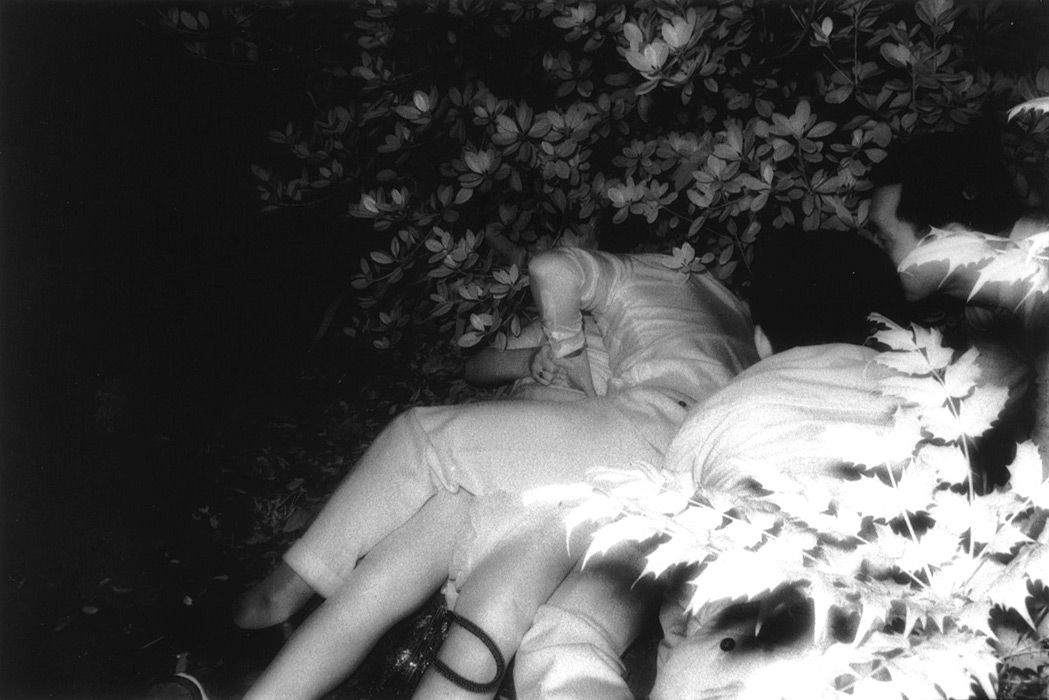
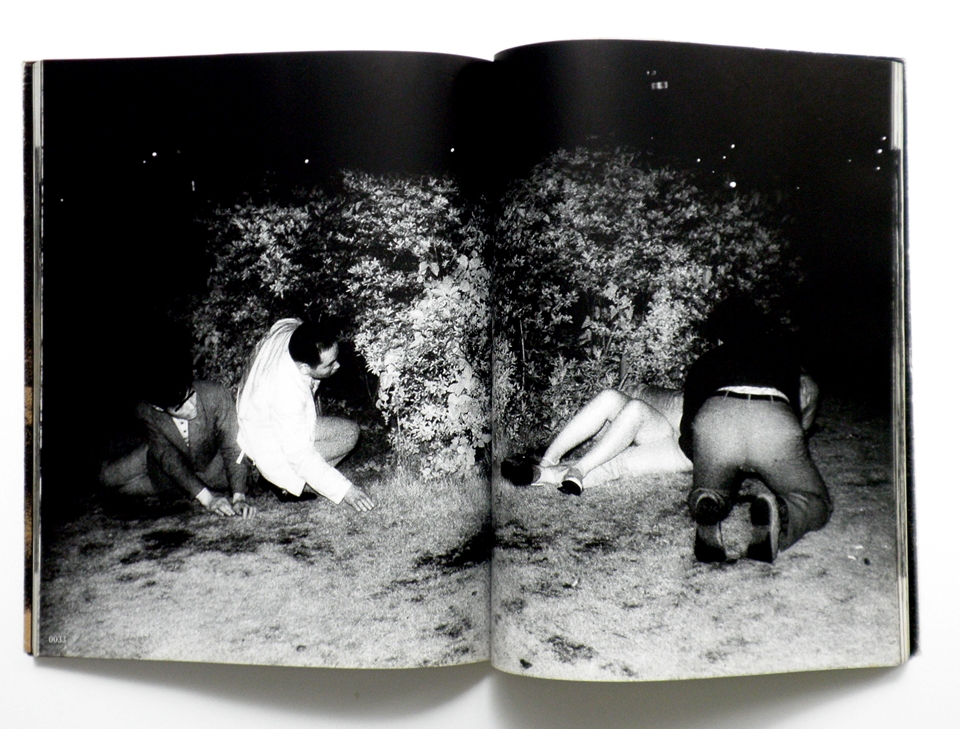
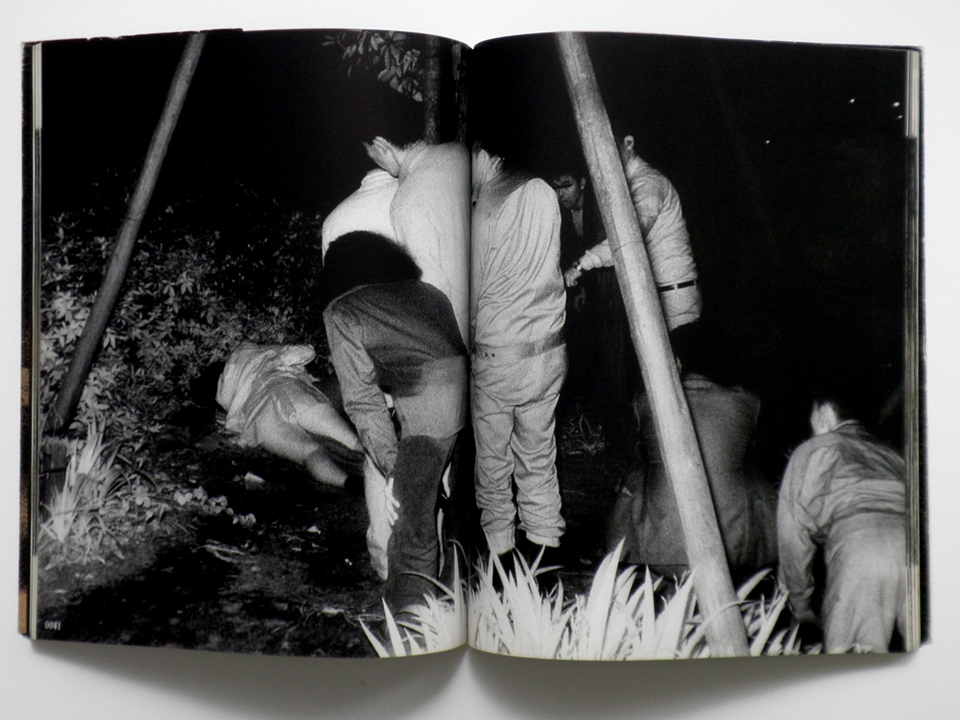
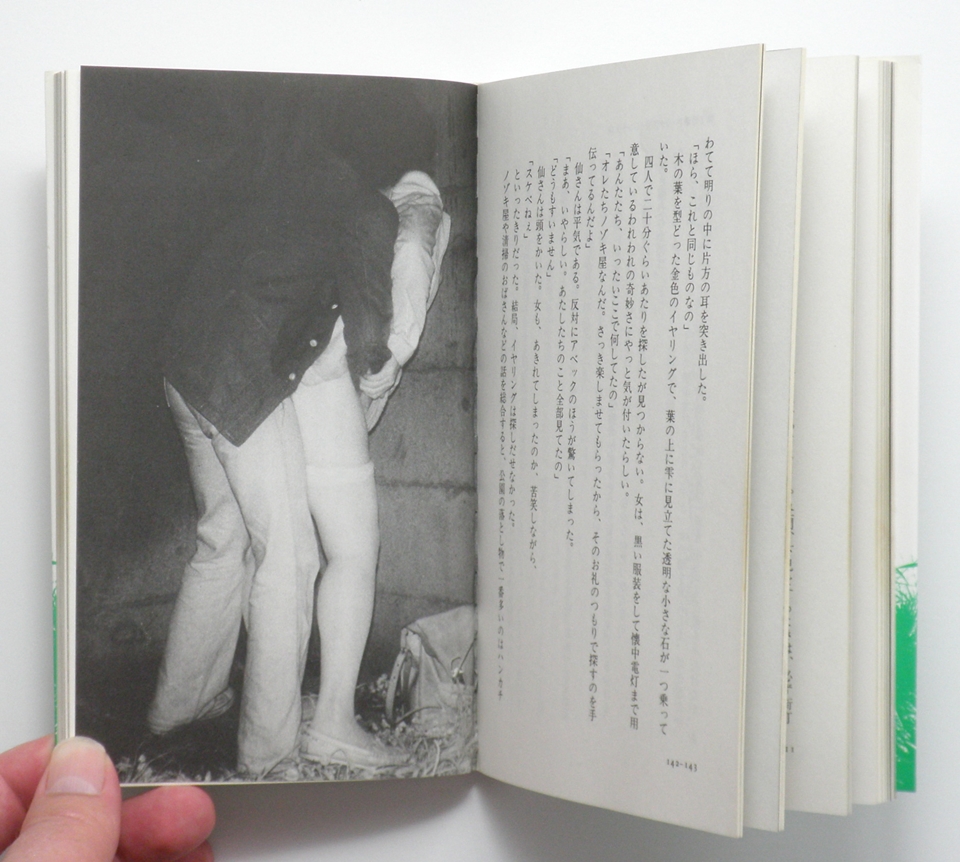
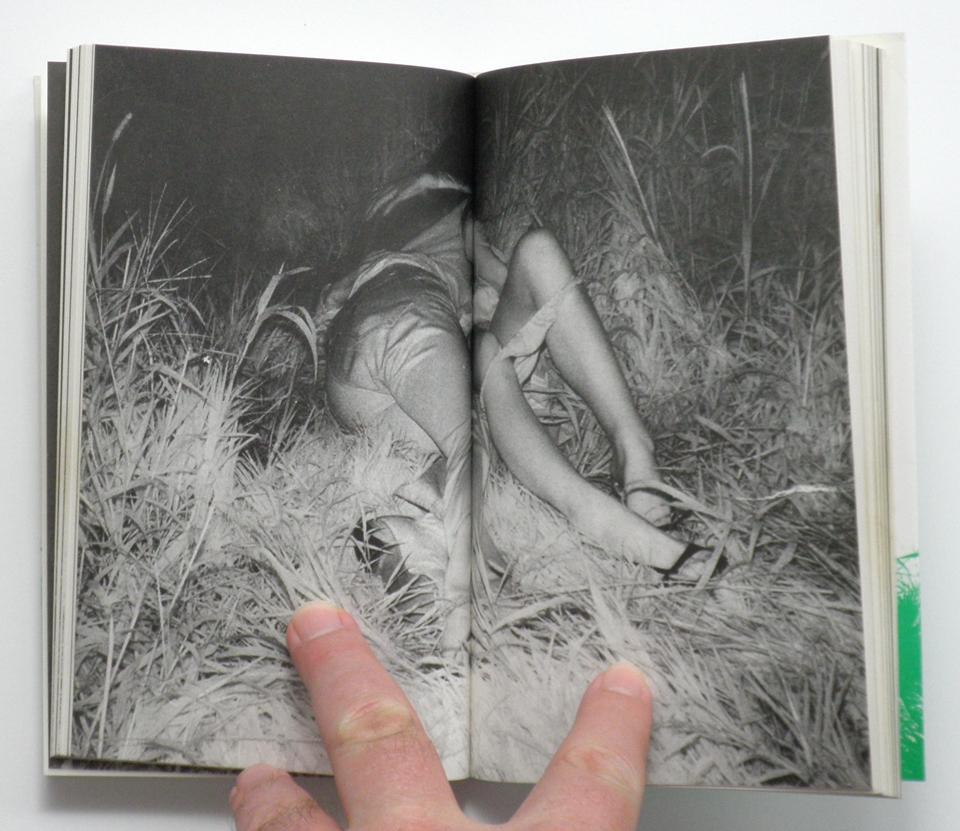


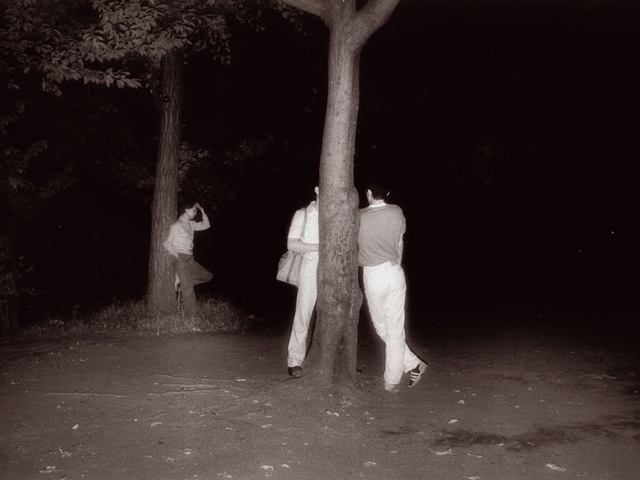
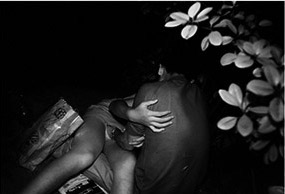

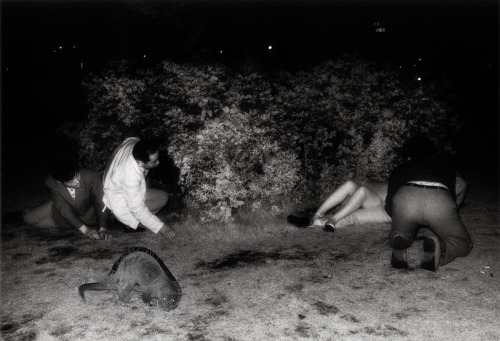
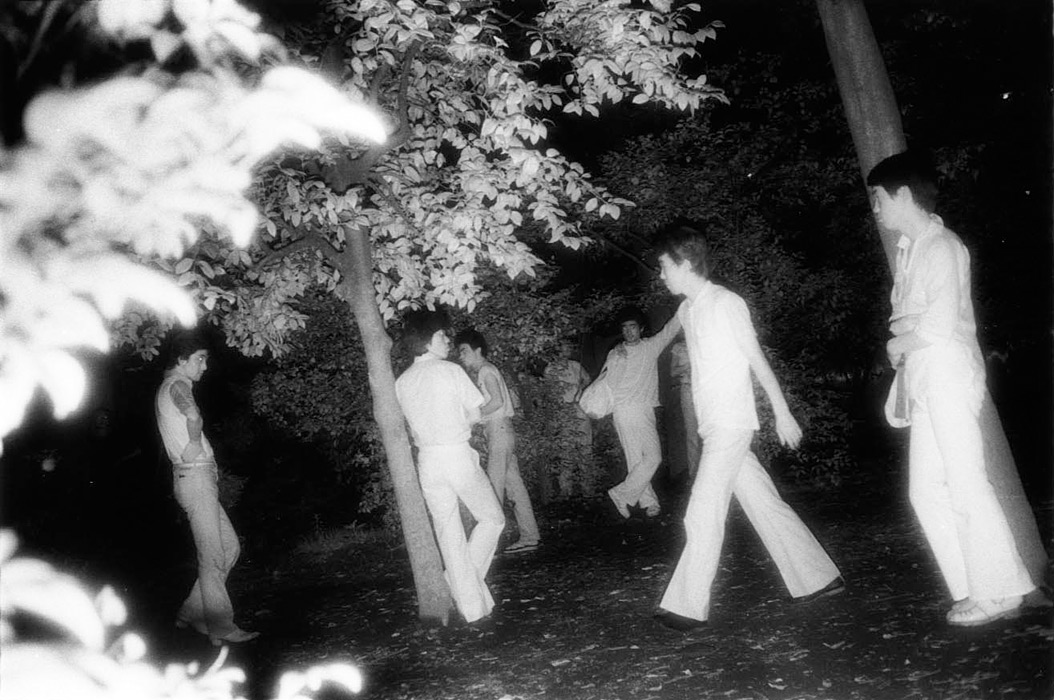
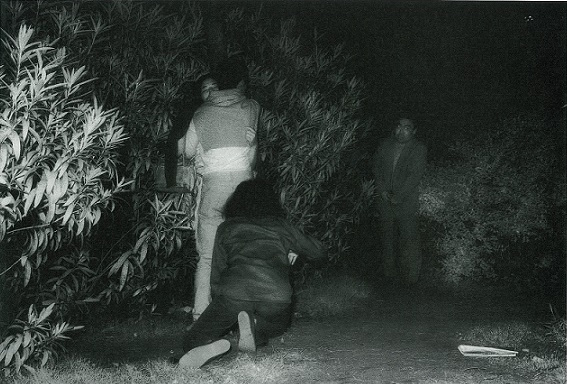
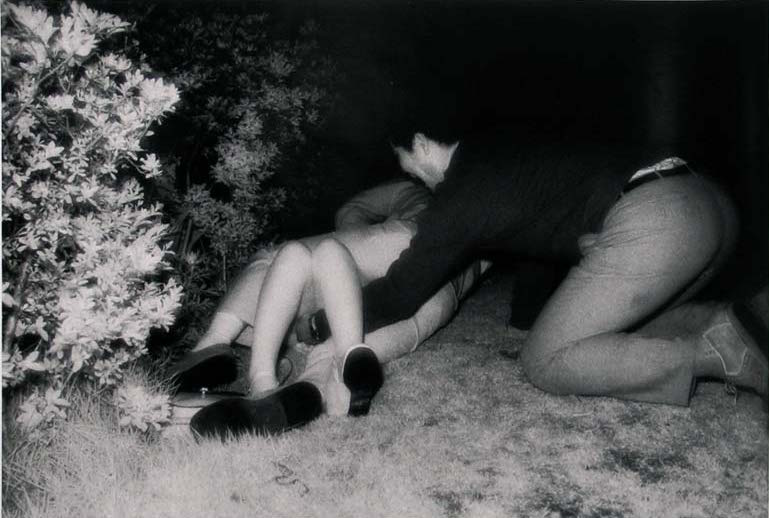




 Now available in North America
Now available in North America 